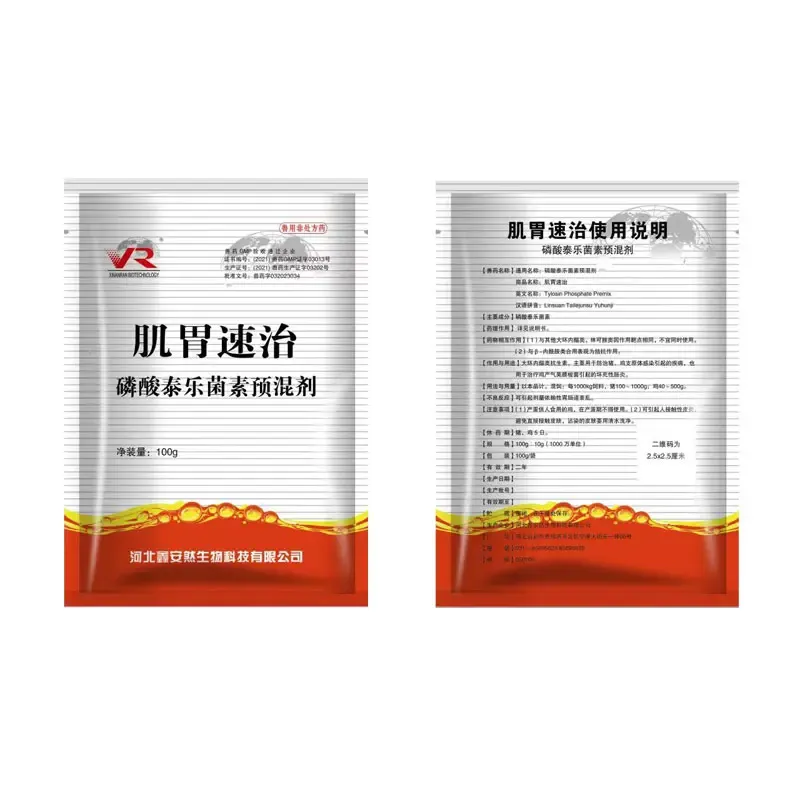- Afrikaans
- Albanian
- Amharic
- Arabic
- Armenian
- Azerbaijani
- Basque
- Belarusian
- Bengali
- Bosnian
- Bulgarian
- Catalan
- Cebuano
- Corsican
- Croatian
- Czech
- Danish
- Dutch
- English
- Esperanto
- Estonian
- Finnish
- French
- Frisian
- Galician
- Georgian
- German
- Greek
- Gujarati
- Haitian Creole
- hausa
- hawaiian
- Hebrew
- Hindi
- Miao
- Hungarian
- Icelandic
- igbo
- Indonesian
- irish
- Italian
- Japanese
- Javanese
- Kannada
- kazakh
- Khmer
- Rwandese
- Korean
- Kurdish
- Kyrgyz
- Lao
- Latin
- Latvian
- Lithuanian
- Luxembourgish
- Macedonian
- Malgashi
- Malay
- Malayalam
- Maltese
- Maori
- Marathi
- Mongolian
- Myanmar
- Nepali
- Norwegian
- Norwegian
- Occitan
- Pashto
- Persian
- Polish
- Portuguese
- Punjabi
- Romanian
- Russian
- Samoan
- Scottish Gaelic
- Serbian
- Sesotho
- Shona
- Sindhi
- Sinhala
- Slovak
- Slovenian
- Somali
- Spanish
- Sundanese
- Swahili
- Swedish
- Tagalog
- Tajik
- Tamil
- Tatar
- Telugu
- Thai
- Turkish
- Turkmen
- Ukrainian
- Urdu
- Uighur
- Uzbek
- Vietnamese
- Welsh
- Bantu
- Yiddish
- Yoruba
- Zulu
8 月 . 07, 2024 17:40 Back to list
Dosage Guidelines for Enrofloxacin Injection in Canine Patients and Important Administration Tips
Enrofloxacin Injection Dosage for Dogs A Comprehensive Guide
Enrofloxacin is a fluoroquinolone antibiotic commonly used in veterinary medicine to treat various bacterial infections in dogs. It’s known for its broad-spectrum efficacy and is particularly useful in managing infections caused by Gram-negative and some Gram-positive bacteria. Understanding the appropriate dosage of enrofloxacin for dogs is crucial for ensuring effective treatment while minimizing potential side effects.
Understanding Enrofloxacin
Enrofloxacin works by inhibiting bacterial DNA gyrase and topoisomerase IV, enzymes crucial for bacterial DNA replication and repair. As a result, it disrupts the growth and multiplication of bacteria. The drug is effective against a wide range of infections, including those affecting the urinary tract, respiratory system, skin, and soft tissues.
Dosage Guidelines
The dosage of enrofloxacin in dogs varies based on several factors, including the type and severity of the infection, the dog’s weight, age, and overall health. Typically, the recommended dosage for dogs is between 5 to 20 mg per kg of body weight, administered once daily. For more severe infections, a veterinarian may opt to increase the dose to 20 mg/kg.
For example, if you have a dog weighing 10 kg, the standard dosage would be 50 to 200 mg of enrofloxacin per day, depending on the vet’s recommendation. Administration routes may include oral tablets, solutions, or injectable forms. The injectable form is often preferred when a rapid response is necessary, especially in seriously ill patients.
Administration and Precautions
enrofloxacin injection dosage for dogs

Enrofloxacin is generally well-tolerated, but it is essential to follow the veterinarian’s instructions regarding the dosing regimen. It’s also important not to administer the medication longer than prescribed, as this can lead to antibiotic resistance and other side effects.
Before starting enrofloxacin treatment, veterinarians will typically evaluate a dog’s health status to ensure it is safe to use. Particular caution is warranted when dealing with puppies, pregnant or nursing dogs, and those with known renal disorders or a history of seizures, as these conditions may be exacerbated by the drug.
Potential Side Effects
Like all medications, enrofloxacin can have side effects. Some common side effects include gastrointestinal upset such as vomiting and diarrhea. More serious side effects, although rare, include neurological effects like seizures or sensitivity reactions, which may require immediate medical attention.
Pet owners should monitor their dogs closely while on enrofloxacin and report any unusual behavior or symptoms to the veterinarian. Additionally, it’s vital to complete the full course of treatment as prescribed, even if the dog appears to be feeling better, to ensure that the infection is completely eradicated.
Conclusion
Enrofloxacin is a powerful antibiotic with proven effectiveness in treating various bacterial infections in dogs. Correct dosing is crucial to maximize benefits and minimize the risk of side effects. Pet owners should work closely with their veterinarians to determine the appropriate dosage and monitor their dogs throughout the treatment process. By adhering to veterinary advice, dog owners can help ensure a swift recovery for their furry companions while maintaining their overall health and well-being.
-
The Power of Radix Isatidis Extract for Your Health and Wellness
NewsOct.29,2024
-
Neomycin Sulfate Soluble Powder: A Versatile Solution for Pet Health
NewsOct.29,2024
-
Lincomycin Hydrochloride Soluble Powder – The Essential Solution
NewsOct.29,2024
-
Garamycin Gentamicin Sulfate for Effective Infection Control
NewsOct.29,2024
-
Doxycycline Hyclate Soluble Powder: Your Antibiotic Needs
NewsOct.29,2024
-
Tilmicosin Premix: The Ultimate Solution for Poultry Health
NewsOct.29,2024













